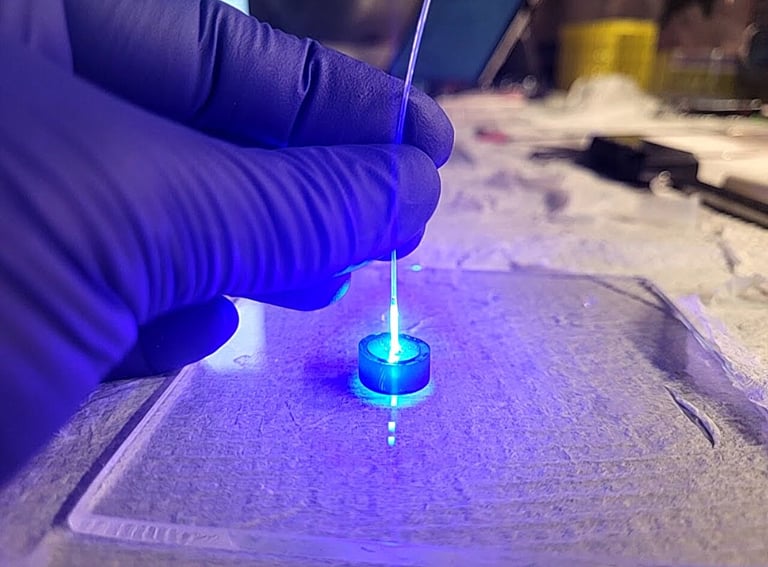Breakthrough Light-Activated Shunt Could Reduce Surgeries for Children with Heart Defects
August 19, 2024
Researchers have developed a light-activated expandable shunt designed specifically for children with congenital heart defects affecting the lower chambers of the heart.
This innovative shunt expands when exposed to blue light, aiming to enhance blood flow in the heart's ventricles.
Currently, children with congenital heart defects often face multiple invasive surgeries to replace shunts as they grow, increasing health risks with each procedure.
The research, led by Christopher Rodell, an assistant professor at Drexel University, seeks to minimize the need for these additional surgeries through the use of a light-emitting catheter.
Rodell and his team have engineered a hydrogel-coated shunt that expands in response to blue light, ensuring safety for clinical use.
Initial lab experiments indicated no adverse reactions, such as blood clots or inflammation, associated with the modified shunt.
The shunt can expand its diameter by up to 40%, allowing for customized adjustments to accommodate individual growth.
Future testing plans include evaluating full-length shunt prototypes in artificial circulatory systems, followed by trials in animal models.
Beyond its application in heart defects, this technology could also be utilized in repairing blood vessels in pediatric trauma cases.
A study of 360 patients who underwent initial heart reconstruction revealed that 41 required further surgeries, with seven fatalities due to complications.
The research is supported by The Hartwell Foundation, and findings will be presented at the American Chemical Society fall meeting.
Christopher Rodell will present the team's findings at the ACS Fall 2024 meeting, taking place from August 18-22.
Summary based on 2 sources
Get a daily email with more Science stories
Sources

ScienceDaily • Aug 19, 2024
Expanding a child's heart implant with light
Medical Xpress • Aug 19, 2024
Expanding a child's heart implant with light: New shunt could eliminate multiple heart surgeries